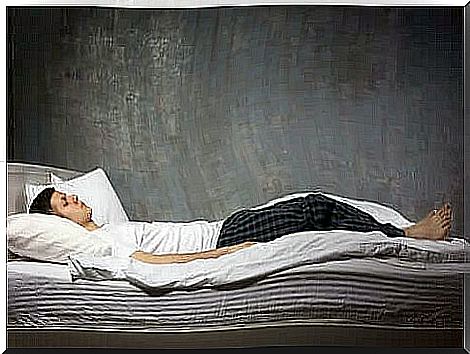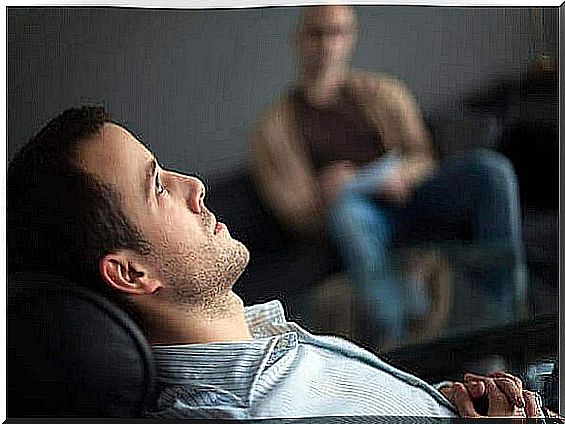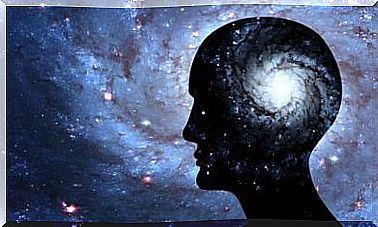MRI Therapy For The Treatment Of Sleep Paralysis

MRI therapy helps in the treatment of sleep paralysis (SP). This sleep disorder involves paralysis of the muscles. It can either happen when you go to bed at night, or right after you wake up. The disorder arises from a problem in the brain mechanisms that regulate REM sleep and the process of waking up.
When you experience sleep paralysis, you are awake and can feel things, but you cannot move your body. This situation obviously leads to large amounts of anxiety, fear and potentially hypnagogic and hypnopump hallucinations.
This disorder falls into the category of primary sleep disorders, and is not a product of mental disorders, intoxication or other medical problems. The Diagnostic and Statistical Manual of Mental Disorders (DSM-5, 1994) calls it a type of parasomnia. In other words, it affects the quality of your sleep and how much sleep you get.
It always happens between REM sleep and when you wake up. According to the international classification of sleep disorders, it can be both a chronic problem, or occur only once or twice. This also means that you can develop this disorder from proportional factors.

The main characteristics of sleep paralysis
Your brain activity is almost exactly the same at the REM stage of sleep as when you are awake. This is the stage when you have your most complex and emotional dreams. Due to evolution, some of your muscles are paralyzed at this stage. But changes in your sleep habits can change this process of turning your muscles on and off.
What physiological processes are involved?
Your body releases GABA neurotransmitters and glycine to relax your muscles. From there, they inhibit motor neurons in the spinal cord.
However, any problem in the process of waking up can cause you to wake up before you have regained the ability to move and react. Your limbic (emotional) system treats and interprets the situation as you experience it.
The “Flight or fight” response
When all this happens, your amygdala begins to form a response based on your emotions. Due to the fact that you are in the dark and unable to move, your brain tends to assume that you are in extreme danger.
Of course, this means that you are likely to feel an intense fear. This intense emotional experience can cause changes in the way you perceive the situation. This is where the visual, tactile and auditory hallucinations begin to manifest.
The feeling that something else is in the room
It is very common for people suffering from sleep paralysis to feel that someone else is in the room with them. The inability to move, combined with anxiety and the intensified imagination from the sleep state, makes you expect to see something around you.
Your brain is extra vigilant for threats, but that does not mean that the threats are actually there. This is why it is so common for people with sleep paralysis to report a feeling that there is something else with them in the room.
MRI therapy for the treatment of sleep paralysis: Take the mask off the ghost
Not many researchers have attempted to find a specific psychological treatment for this condition. One of those who has it is Baland Jalal, from the psychology department at the University of Cambridge . He suggested using MRI therapy (muscle relaxation) for the treatment of sleep paralysis back in 2016.
His argument is that the fear, anxiety and distress you feel creates a feedback loop that only exacerbates the episodes and hallucinations. He developed a potential treatment model with these four pillars:
- A reassessment of the significance of the episode. Understand that the episode is harmless and temporary (you will not die or be paralyzed forever). It also means understanding that the hallucinations mainly occur because you were in the REM phase of the sleep cycle. Acknowledging these things can help people stay calm when the episode occurs.
- Psychological and emotional distance. You need to understand that feeling anxious and fearful will only aggravate the situation. This means accepting that it is not a paranormal event. It is simply a matter of a bodily response.
- Meditation and focusing attention inward. It is important to work on meditation to treat this problem successfully. The mechanisms you use to meditate are about controlling your attention to ignore the hallucinations you are experiencing.
- Muscle relaxation. The physical symptoms such as paralysis and an inability to breathe voluntarily are easier to cope with if you ignore them. Otherwise, they will only get in the way when you try to focus inward. You need to stay calm and try to relax.

The importance of practicing
You must practice if you want to benefit from MRI therapy in the treatment of sleep paralysis. First you need to recreate the position you are in when the paralysis occurs. From there, you can go through each step.
It is extremely overwhelming when it happens, and exercise will give you a chance to try out these techniques without the stress that comes with actual episodes of sleep paralysis.
Relaxation
According to specialists like Dr. Ramachandran, the fact that your limbs and motor systems are out of sync will change the way you process sensory stimuli. So, when you want to escape, and when your mind starts working towards it but your body does not respond, the whole feeling of your self-perception will change.
This is why you can feel that you are floating, have “out of body experiences” and see scary and scary things. However, if you try to relax instead of escape, you can prevent these changes from taking place.
Treatment of sleep paralysis
This is basically a cognitive behavioral therapy. The goal is to change your behavior and prevent you from getting into a negative feedback loop. We should also mention that the effectiveness of the treatment will depend on your own attitudes.
Another important factor is how much control you have over your attention. Being able to focus on and interpret the sensations you experience plays an important role. According to this model , you need to be able to totally change focus. This is where relaxation comes into play. You move away from negative external stimuli, to neutral or positive internal stimuli.
One last point: no matter how unusual the experience may seem, it is actually not as serious as it is experienced. The episodes themselves are not as problematic as the mental strain they cause. If you suffer from chronic sleep paralysis, you may begin to experience a lot of anxiety. As always, it will be best to consult a professional therapist if you have trouble sleeping.









